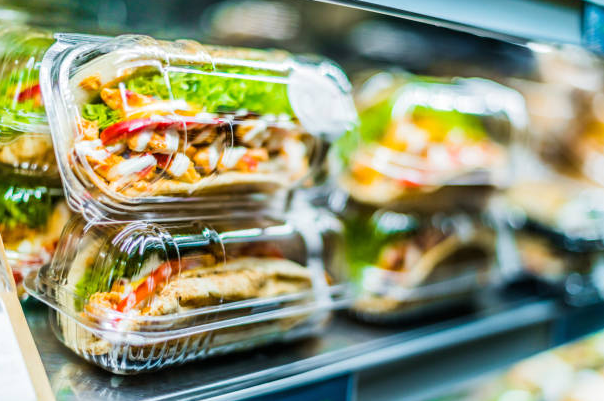How we package our food plays a critical role in maintaining its freshness and safety to shape our environmental impact.
As consumers become increasingly aware of the ecological footprint left by single-use plastics and non-recyclable materials, the demand for innovative and sustainable food packaging solutions is at an all-time high.
This shift towards sustainability has encouraged a rethinking of packaging, pushing reliable food packaging programs to the forefront of industry discussions.
The Evolution of Food Packaging
Historically, food packaging was designed with a single goal in mind: to protect and preserve food during transportation and storage. However, as environmental concerns have grown, the focus has shifted towards developing packaging options that offer the same high level of protection without compromising the planet’s health. From biodegradable materials to reusable containers, the evolution of food packaging reflects a broader commitment to sustainability and environmental stewardship.
Innovations in Sustainable Packaging
One of the most exciting developments in the realm of food packaging is the rise of biodegradable and compostable materials. These innovative solutions break down naturally, significantly reducing waste and the use of landfill space.
Another game-changer has been the introduction of edible packaging made from natural ingredients that can be consumed along with the products they protect. Additionally, advancements in packaging technology have led to smarter designs that extend the shelf life of food, reducing waste at the consumer level.
Hiring a Sustainable Food Packaging Operator
Selecting a sustainable food packaging partner is a crucial decision for businesses looking to minimise their environmental impact. It involves considering factors such as the materials used, the production process, and the lifecycle of the packaging. Companies are increasingly prioritising suppliers who not only provide eco-friendly options but also demonstrate a genuine commitment to sustainability through their practices and policies.
The Role of Consumers in Driving Change
Consumer demand plays a pivotal role in driving the adoption of sustainable food packaging. By choosing products with eco-friendly packaging and supporting brands that prefer sustainability, consumers can influence market trends and encourage more companies to switch. Education and awareness are essential, as informed consumers are more likely to make choices that align with their values concerning the environment.
The Challenges of Transitioning to Sustainable Packaging
Despite the clear benefits, the transition to sustainable food packaging is not without its challenges. Issues such as cost, material durability, and the complexities of recycling infrastructure can pose significant hurdles. However, these challenges are being met with innovative solutions and collaborative efforts between companies, governments, and consumers, paving the way for a more sustainable future.
Brands eager to delve into this subject in more detail can examine bio-based alternatives for businesses. Here, specialists share case studies and analyses that offer real-world answers to ongoing challenges in this domain.
Conclusion
The movement towards sustainable food packaging represents a critical step in our journey towards a more eco-friendly and conscious approach to consumption. By embracing innovative packaging solutions, businesses and consumers alike can contribute to a cycle of sustainability that benefits the environment, the economy, and future generations.
The role of food packaging suppliers in this transition cannot be overstated; their commitment to developing and providing sustainable options is key to driving industry-wide change. As we continue to explore and adopt eco-friendly packaging solutions, we move closer to a future where the food we eat is packaged in a way that respects and protects our planet.
